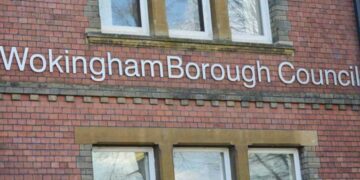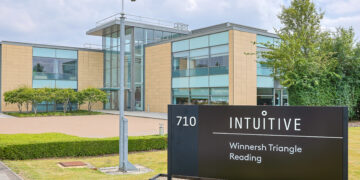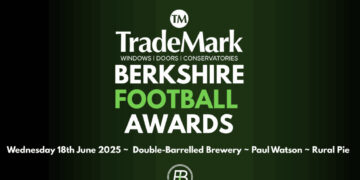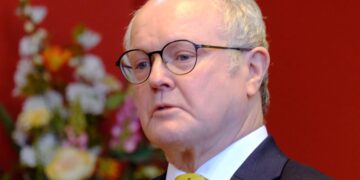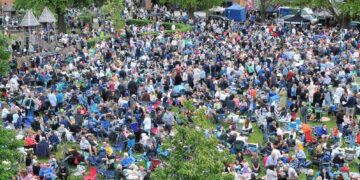The intricacies of road resurfacing came into sharp focus at the recent Wokingham Borough council full council meeting.
Cllr Martin Alder told Paul Fishwick, the executive member for active travel, transport and highways,: “There has been a notable increase in the number of long overdue road resurfacing projects in or around my ward, that affects residents.
“The techniques used have varied, and appear to have changed from those that have been used in previous years, particularly for those of us who are of a particular age, raising a number of comments about the works from constituents.”
He asked: “Could he explain how the choice of techniques for road safety maintenance is made, what the pros and cons are both technically, financially, and how these differ if at all from seemingly similar techniques in previous times and before?
“It will be helpful for residents to better understand the sort of process they should expect when each of the different techniques used is chosen for use in a particular location.
“The understanding of the effects of weather conditions, the times needed to complete the works and particularly the timescales of returning the road surfaces to a normal condition, particularly with a surface dressing technique and the use of post resurfacing taking place, would be very helpful.
Highlighting the lack of funding that Wokingham Borough Council receives for road maintenance, Cllr Fishwick said: “It is a huge financial challenge for this authority, as well as other authorities across the country, to try and keep all of our residents safe and well.
“ We carry out technical surveys, we carry out safety inspections, and we carry out analysis, and from that we develop our annual programme.
“We would like to do lots of resurfacing, but lots of resurfacing is very, very expensive, and part of the analysis puts roads into a red category, and amber one, amber two and green.
“What we have done is move the dial this year, even more than we did last year, onto preventative maintenance, and preventative maintenance is surface dressing.
“Surface dressing stops the formation of defects in the road.
“It seals it, it is an overlay, and it is a sixth of the cost of resurfacing, so it is considerably lower cost.
“We are also using asphalt preventative as well, and we have a programme of 82 roads of which we have completed 80 of them.”



